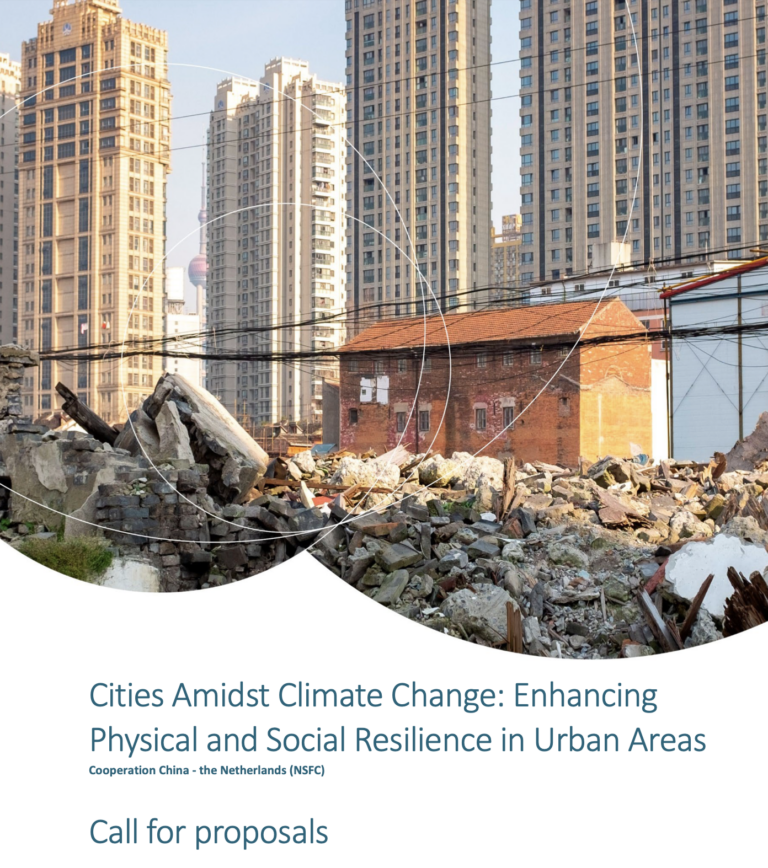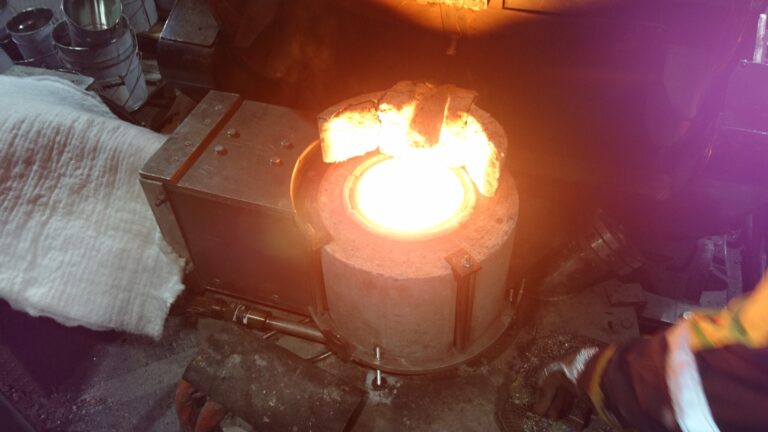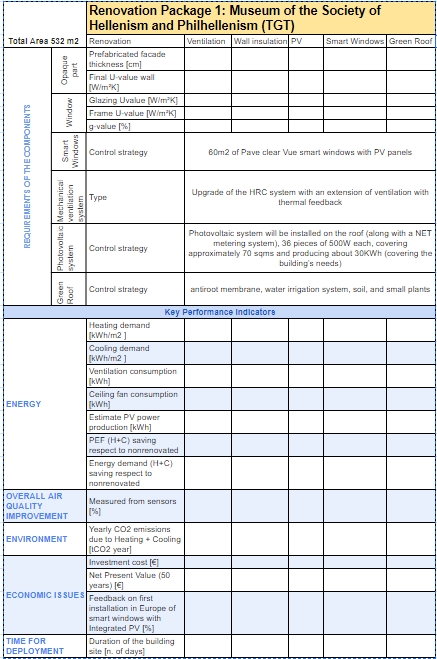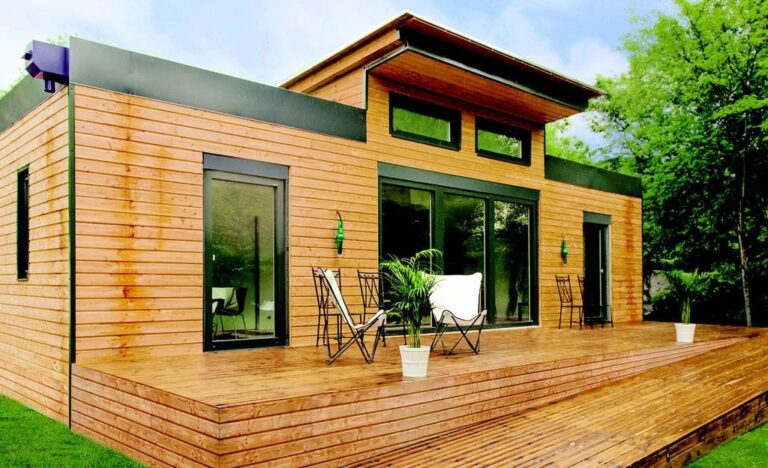Add to favorites:
Share:
Project results are expected to contribute to all of the following expected outcomes:
- Reduced costs for both the construction and renovation of social and affordable housing[1] without sacrificing quality.
- Increased availability and affordability of quality housing for diverse and vulnerable populations across Europe.
- Significantly reduced energy consumption, carbon emissions, and resource use in social and affordable housing as well as improved climate adaptability and resilience to climate change of social and affordable housing.
- Higher awareness of the construction ecosystem[2] and the real estate sector of innovative approaches that increase affordability and sustainability of housing.
An increasing number of new building technologies and construction methods became available on the market in recent years that can make construction and renovation more sustainable139. Current policies and regulations set ambitious standards (e.g., in terms of energy efficiency and carbon footprint), which come with higher initial investment costs, making the provision of sustainable, high-quality social and affordable housing in many European neighbourhoods a challenge.
Innovative approaches are necessary to make the best use of available building technologies and construction methods to improve climate adaptability and resilience and reduce energy consumption, carbon emissions and resource use in social and affordable housing while delivering housing that is affordable, inclusive143 and improves well-being, in line with the European Commission’s Affordable Housing Initiative144.
Proposals are expected to address all of the following:
- Develop innovative approaches for the construction of new buildings and the renovation or retrofitting of existing buildings in the social and affordable housing sector. These innovative approaches must relate to how construction and renovation services are defined, procured, delivered, financed and/or managed.
- Define and implement in two social and affordable housing projects two ambitious packages of measures that comprise building technologies and construction methods already on the market. One package of measures must be applied to a new construction and the other to a building renovation or retrofitting. They will address all of the following:
- Use existing building technologies and construction methods that improve the efficiency and speed of construction and renovation or retrofitting (such as off-site construction, modular building systems, smart meters, big data analysis, sensors, and predictive maintenance).
- Use environmentally sustainable practices, such as nature-based solutions[2] or carbon-storing materials to reduce energy consumption, carbon footprint, pollution, and resource use throughout the building's life cycle while also possibly increasing buildings’ resilience and adaptability to natural, including climate change-induced, and human-made hazards.
- Ensure that social and affordable housing is aesthetically pleasing and contributes positively to the landscape of the place where it is located, while also respecting local context and the architectural heritage.
- Improve the well-being, inclusion and general living conditions of all inhabitants.
- For renovations or retrofitting only: minimise and mitigate, where possible, disruptions for residents and improve accessibility of buildings.
Social care homes, elderly houses, and other forms of inclusive housing with residential function complemented with social welfare are also considered as eligible for development and testing of cross-cutting innovative solutions developed by the projects.
To achieve this, project consortia may provide financial support to SMEs and social housing actors in the form of Financial Support to Third Parties (FSTP). The amount to be granted to each third party may be a maximum of EUR 60 000.
Proposals are expected to follow a participatory and transdisciplinary approach[4] through the integration of different actors (such as public authorities, local actors from the targeted neighbourhoods, civil society, private owners, etc.) and disciplines (such as architecture or design, arts, (civil) engineering, health, etc.).
This topic requires the effective contribution of SSH disciplines and the involvement of SSH experts, institutions as well as the inclusion of relevant SSH expertise, in order to produce meaningful and significant effects enhancing the societal impact of the related research activities.
Proposals are expected to dedicate at least 0.2% of their total budget to share their intermediate and final results and findings with the Coordination and Support Action 'New European Bauhaus hub for results and impact' (HORIZON-MISS-2024-NEB-01-03).
[1] This topic also considers social care homes, elderly houses, and other form of inclusive housing with residential function complemented with social welfare as forms of social and affordable housing.
[2] See definition in the Glossary section of the NEB part of the HE WP25.
[3] See definition in the Glossary section of the NEB part of the HE WP25.
[4] See definition on NEB working principles in the Glossary section of the NEB part of the HE WP255.
Expected Outcome
Project results are expected to contribute to all of the following expected outcomes:
- Reduced costs for both the construction and renovation of social and affordable housing[1] without sacrificing quality.
- Increased availability and affordability of quality housing for diverse and vulnerable populations across Europe.
- Significantly reduced energy consumption, carbon emissions, and resource use in social and affordable housing as well as improved climate adaptability and resilience to climate change of social and affordable housing.
- Higher awareness of the construction ecosystem[2] and the real estate sector of innovative approaches that increase affordability and sustainability of housing.
Scope
An increasing number of new building technologies and construction methods became available on the market in recent years that can make construction and renovation more sustainable139. Current policies and regulations set ambitious standards (e.g., in terms of energy efficiency and carbon footprint), which come with higher initial investment costs, making the provision of sustainable, high-quality social and affordable housing in many European neighbourhoods a challenge.
Innovative approaches are necessary to make the best use of available building technologies and construction methods to improve climate adaptability and resilience and reduce energy consumption, carbon emissions and resource use in social and affordable housing while delivering housing that is affordable, inclusive143 and improves well-being, in line with the European Commission’s Affordable Housing Initiative144.
Proposals are expected to address all of the following:
- Develop innovative approaches for the construction of new buildings and the renovation or retrofitting of existing buildings in the social and affordable housing sector. These innovative approaches must relate to how construction and renovation services are defined, procured, delivered, financed and/or managed.
- Define and implement in two social and affordable housing projects two ambitious packages of measures that comprise building technologies and construction methods already on the market. One package of measures must be applied to a new construction and the other to a building renovation or retrofitting. They will address all of the following:
- Use existing building technologies and construction methods that improve the efficiency and speed of construction and renovation or retrofitting (such as off-site construction, modular building systems, smart meters, big data analysis, sensors, and predictive maintenance).
- Use environmentally sustainable practices, such as nature-based solutions[2] or carbon-storing materials to reduce energy consumption, carbon footprint, pollution, and resource use throughout the building's life cycle while also possibly increasing buildings’ resilience and adaptability to natural, including climate change-induced, and human-made hazards.
- Ensure that social and affordable housing is aesthetically pleasing and contributes positively to the landscape of the place where it is located, while also respecting local context and the architectural heritage.
- Improve the well-being, inclusion and general living conditions of all inhabitants.
- For renovations or retrofitting only: minimise and mitigate, where possible, disruptions for residents and improve accessibility of buildings.
Social care homes, elderly houses, and other forms of inclusive housing with residential function complemented with social welfare are also considered as eligible for development and testing of cross-cutting innovative solutions developed by the projects.
To achieve this, project consortia may provide financial support to SMEs and social housing actors in the form of Financial Support to Third Parties (FSTP). The amount to be granted to each third party may be a maximum of EUR 60 000.
Proposals are expected to follow a participatory and transdisciplinary approach[4] through the integration of different actors (such as public authorities, local actors from the targeted neighbourhoods, civil society, private owners, etc.) and disciplines (such as architecture or design, arts, (civil) engineering, health, etc.).
This topic requires the effective contribution of SSH disciplines and the involvement of SSH experts, institutions as well as the inclusion of relevant SSH expertise, in order to produce meaningful and significant effects enhancing the societal impact of the related research activities.
Proposals are expected to dedicate at least 0.2% of their total budget to share their intermediate and final results and findings with the Coordination and Support Action 'New European Bauhaus hub for results and impact' (HORIZON-MISS-2024-NEB-01-03).
[1] This topic also considers social care homes, elderly houses, and other form of inclusive housing with residential function complemented with social welfare as forms of social and affordable housing.
[2] See definition in the Glossary section of the NEB part of the HE WP25.
[3] See definition in the Glossary section of the NEB part of the HE WP25.
[4] See definition on NEB working principles in the Glossary section of the NEB part of the HE WP255.
Partner Requests
Explore Real Collaboration Opportunities
🔍 As a logged-in member, you now have exclusive access to all active Partner Requests for this Funding Call.
See who’s looking for collaborators, explore exciting project ideas, and discover how others are planning to make an impact.
💡 Use these insights to get inspired—or take the next step and start a request of your own (3 entries for free).
Log in or registrate here for free.
You must be logged in to submit or manage a partner request.
Ask our experts about this call
Connect with the Listing Owner!
💬 Please log in now to send a direct message to our experts and ask your questions. Not a member yet? Sign up for free and start connecting today!
Related Funding and Finance Opportunities
Unlock Exclusive Funding Opportunities!
🔑 Get instant access to tailored funding opportunities that perfectly match your needs. This powerful feature is exclusively available to our premium members—helping you save time, stay ahead of the competition, and secure the right funding faster.
Upgrade to Premium now and never miss an important opportunity again! Already a premium member? Log in here to explore your matches.
Related Innovation Offers
Related Knowledgebase Resources
Discover More with Premium: Related Knowledge Resources
🔒 You’re missing out on expert-curated knowledge specifically matched to this topic. As a Premium member, you gain exclusive access to in-depth articles, guides, and insights that help you make smarter decisions, faster.
Whether you’re preparing a funding proposal, researching a new market, or just need reliable information—our Premium knowledge matches save you hours of research and point you directly to what matters.
Upgrade to Premium now and instantly unlock relevant knowledge tailored to your needs! Already a member? Log in here to view your personalized content.






























